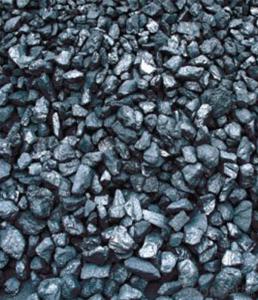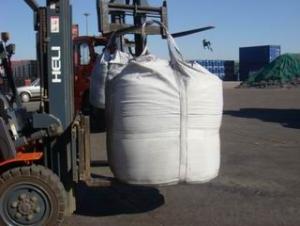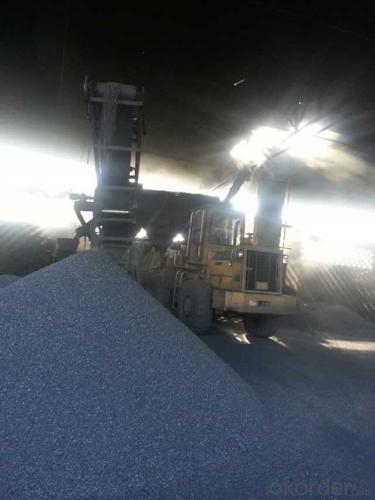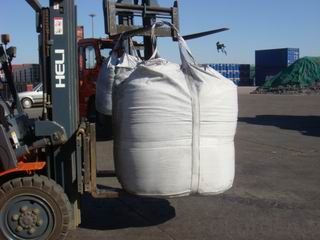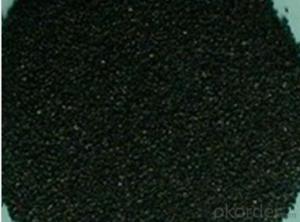FC 94% GAS Calcined Anthracite
- Loading Port:
- China Main Port
- Payment Terms:
- TT OR LC
- Min Order Qty:
- -
- Supply Capability:
- -
OKorder Service Pledge
OKorder Financial Service
You Might Also Like
Specifications
Calcined Anthracite
Fixed carbon: 90%-95%
S: 0.5% max
Size: 0-3. 3-5.3-15 or as request
Calcined Anthracite is produced using the best Anthracite-Taixi Anthracite with low S and P, It is widely used in steel making and casting, Chemical and some other fields.
General Specification of Calcined Anthracite:
PARAMETER UNIT GUARANTEE VALUE | |||||
F.C.% | 95MIN | 94MIN | 93MIN | 92MIN | 90MIN |
ASH % | 4MAX | 5MAX | 6MAX | 7MAX | 8MAX |
V.M.% | 1 MAX | 1MAX | 1.5MAX | 1.5MAX | 1.5MAX |
SULFUR % | 0.5MAX | 0.5MAX | 0.5MAX | 0.5MAX | 0.5MAX |
MOISTURE % | 0.5MAX | 0.5MAX | 0.5MAX | 0.5MAX | 0.5MAX |
Size can be adjusted based on buyer's request.
Pictures of Calcined Anthracite:
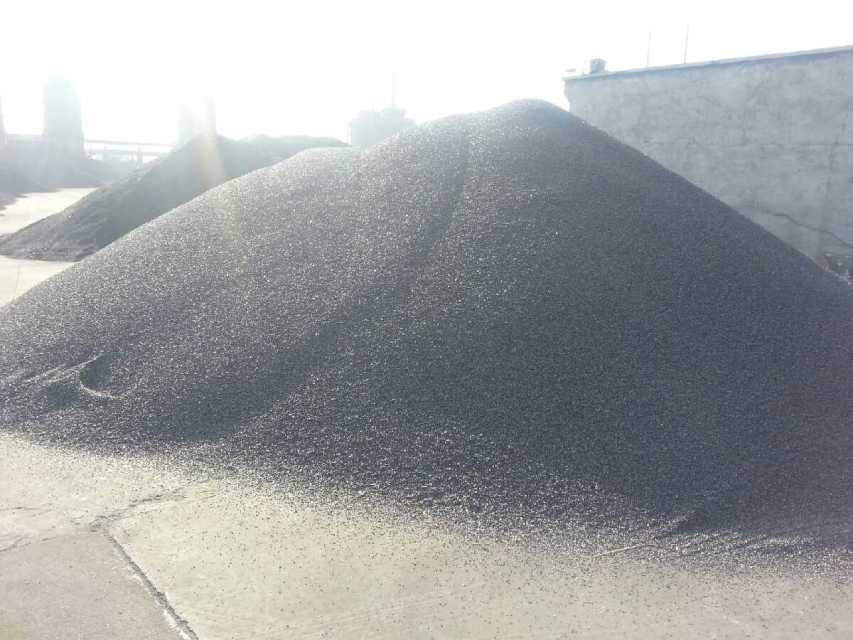


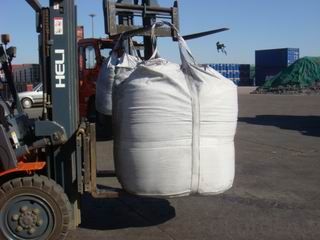
We can supply below furnace charges, please feel free to contact us if you areinterested in any of any of them:
Coke (Metallurgical, foundry, gas)
Calcined Anthracite with fixed carbon from 90% to 95%
- Q: What is the starting temperature and final forging temperature of carbon steel?
- The forging temperature range should be as wide as possible, to reduce forging times, improve productivity.1. initial forging temperatureInitial forging temperature is blank began forging temperature should be understood as the highest heating temperature allows steel or alloy in the heating furnace. The furnace before removing from the blank to the forging equipment to forging blank, blank size according to the delivery method and heating furnace and forging a distance between the equipment, there are a few blank tens of degrees of temperature drop. Therefore, really began forging a low temperature, the initial forging blank before, should try to reduce the temperature drop.
- Q: How does carbon impact the structure and function of ecosystems?
- Carbon, as a fundamental element, plays a crucial role in shaping the structure and function of ecosystems. It serves as a building block of life, found in all living organisms, and continuously cycles between the atmosphere, living organisms, and the Earth's surface. The impact of carbon on ecosystems is diverse, both directly and indirectly. To begin with, carbon is a vital component of organic matter, including plants, animals, and decomposing organic materials. It provides the necessary energy and nutrients for the growth and development of organisms. Through the process of photosynthesis, plants absorb carbon dioxide from the atmosphere and convert it into organic compounds, primarily carbohydrates. These compounds serve as a source of energy and building materials for other organisms, forming the basis of the food chain. As a result, carbon is essential for sustaining the productivity and biodiversity of organisms within ecosystems, as it contributes to their structure and functioning. Additionally, carbon influences the physical structure of ecosystems. In terrestrial ecosystems, carbon is stored in vegetation and soils, creating carbon sinks. Forests, for example, store significant amounts of carbon in their biomass and soils. This plays a crucial role in mitigating climate change by absorbing and sequestering carbon dioxide. However, the loss of these ecosystems, due to deforestation or degradation, can release large amounts of carbon back into the atmosphere. This contributes to the greenhouse effect and climate change. In marine ecosystems, carbon is stored in the form of dissolved inorganic carbon, which can affect ocean acidity. The increasing concentration of carbon dioxide in the atmosphere leads to ocean acidification, impacting the growth and survival of marine organisms, particularly those with calcium carbonate shells or skeletons, such as corals and mollusks. Furthermore, carbon influences the functioning of ecosystems through its role in nutrient cycling. Decomposition, the process of breaking down and recycling organic matter, is largely driven by microorganisms that respire carbon dioxide. This process releases essential nutrients, such as nitrogen, phosphorus, and sulfur, back into the soil, making them available for uptake by plants. Nutrient cycling is crucial for maintaining the productivity and nutrient balance within ecosystems. Changes in the availability of carbon can affect the rates of decomposition and nutrient cycling, which, in turn, impact the structure and functioning of ecosystems. In conclusion, carbon is a fundamental element that significantly impacts the structure and function of ecosystems. Its involvement in energy transfer, organic matter formation, nutrient cycling, and climate regulation makes it essential for the sustainability and functioning of all living organisms within an ecosystem. To ensure the health and resilience of ecosystems in the face of environmental changes, understanding and managing carbon dynamics is crucial.
- Q: What are the impacts of carbon emissions on the stability of wetlands?
- Carbon emissions have significant impacts on the stability of wetlands, which are highly sensitive ecosystems. One of the main consequences of carbon emissions is the increase in greenhouse gases, particularly carbon dioxide, in the atmosphere. This leads to global climate change and subsequent alterations in weather patterns, temperature, and precipitation. These changes in climate have direct and indirect effects on wetlands. Firstly, rising temperatures can accelerate the rate of evaporation, leading to a decrease in water levels within wetlands. This can lead to the drying out of wetland habitats, disrupting the delicate balance of species that rely on these areas for survival. As wetlands dry up, the plants and animals that depend on them for food, shelter, and breeding grounds are threatened. Additionally, increased carbon emissions contribute to sea-level rise, which poses a significant threat to coastal wetlands. Rising sea levels can cause saltwater intrusion into freshwater wetlands, leading to salinization of the soil and negatively impacting the vegetation and organisms that inhabit these areas. This intrusion also disrupts the delicate balance between freshwater and saltwater, affecting the diverse ecological functions provided by wetlands, such as water filtration, nutrient cycling, and flood control. Furthermore, carbon emissions contribute to the acidification of water bodies, including wetlands. The absorption of excess carbon dioxide by water leads to a decrease in pH levels, making the water more acidic. Acidic water can harm the plants, animals, and microorganisms in wetlands, affecting their growth, reproduction, and overall survival. This disruption in the wetland ecosystem can have cascading effects on the entire food web and biodiversity of these areas. Overall, carbon emissions have a profound impact on the stability of wetlands. The alteration of climate patterns, sea-level rise, and acidification of water bodies are all consequences of carbon emissions that threaten the delicate balance and ecological functions of wetlands. Recognizing the importance of wetlands and effectively mitigating carbon emissions is crucial for preserving these vital ecosystems and the myriad of benefits they provide, including flood mitigation, water purification, and habitat for numerous plant and animal species.
- Q: What are the impacts of carbon emissions on coral reefs?
- The impacts of carbon emissions on coral reefs are significant and detrimental. Increased levels of carbon dioxide in the atmosphere lead to ocean acidification, which disrupts the delicate balance of the reef ecosystem. Acidic conditions hinder the ability of corals to build their calcium carbonate skeletons, making them more vulnerable to erosion and bleaching. Additionally, rising temperatures caused by carbon emissions contribute to coral bleaching events, where corals expel their symbiotic algae, leading to their eventual death. Overall, carbon emissions pose a major threat to coral reefs, jeopardizing their biodiversity and ecological functions.
- Q: What is the role of carbon 60 in industry? Can it be interchanged with the chemical properties of carbon? What is the chemical structure of carbon 60?
- Used to strengthen metals; used as a new catalyst for storage of gases
- Q: How is carbon used in the production of graphite?
- Carbon is used in the production of graphite by undergoing a process known as graphitization, where carbon atoms are arranged in a hexagonal lattice structure. This process involves heating carbon at high temperatures, causing the carbon atoms to align and form layers, resulting in the formation of graphite.
- Q: What are the properties of carbon nanotubes?
- Cylindrical structures made entirely of carbon atoms are known as carbon nanotubes. They possess a distinct set of properties that make them highly sought after in various fields of science and technology. Some of the notable properties of carbon nanotubes are as follows: 1. Remarkable strength and stiffness: Carbon nanotubes have an exceptional strength-to-weight ratio, making them one of the strongest materials discovered so far. They are approximately 100 times stronger than steel, yet significantly lighter. This characteristic renders them suitable for applications requiring lightweight materials with high strength. 2. Excellent electrical conductivity: Carbon nanotubes exhibit excellent electrical conductivity, enabling efficient flow of electrical current. They can be utilized as conductive components in diverse electronic devices, including transistors, sensors, and energy storage systems. 3. Efficient thermal conductivity: Carbon nanotubes possess high thermal conductivity, allowing efficient heat transfer. This property makes them ideal for applications requiring effective dissipation of heat, such as thermal management in electronic devices. 4. Flexibility and resilience: Carbon nanotubes are highly flexible and can endure substantial deformation without fracturing. They can be bent and twisted without compromising their structural integrity, making them suitable for applications demanding flexibility, such as flexible electronics. 5. Unique optical and mechanical properties: Carbon nanotubes possess distinctive optical properties that vary depending on their structure and arrangement. They can absorb and emit light across a wide range of wavelengths, making them valuable in applications like photodetectors and solar cells. Additionally, their mechanical properties, including elastic deformation, contribute to their usefulness in applications requiring shock absorption and impact resistance. 6. Chemical stability: Carbon nanotubes exhibit high chemical stability, enabling them to resist degradation or corrosion when exposed to different chemical environments. This characteristic makes them suitable for applications in harsh conditions or as protective coatings. 7. Large aspect ratio: Carbon nanotubes possess a high aspect ratio, with lengths often exceeding thousands of times their diameter. This characteristic allows them to form robust and lightweight composite materials when integrated into a matrix, enhancing the overall strength and stiffness of the composite. In conclusion, the combination of properties displayed by carbon nanotubes makes them an intriguing and versatile material with enormous potential in various applications, including electronics, aerospace, medicine, and energy storage.
- Q: What is the atomic number of carbon?
- Carbon has an atomic number of 6.
- Q: What should I do when carbon monoxide leaks?
- If it is found that there were gas poisoning, must not press any electric switch, so as not to spark explosion. Should first open the windows of the indoor ventilation, and the poisoned people quickly moved to the outside air, unravel its neck, let the breath of fresh air.
- Q: Wrought iron, steel, cast iron, cast iron, according to the content of the carbon? How many?
- That is not all according to the carbon content is divided. Because the carbon content of iron and iron.
Send your message to us
FC 94% GAS Calcined Anthracite
- Loading Port:
- China Main Port
- Payment Terms:
- TT OR LC
- Min Order Qty:
- -
- Supply Capability:
- -
OKorder Service Pledge
OKorder Financial Service
Similar products
Hot products
Hot Searches

